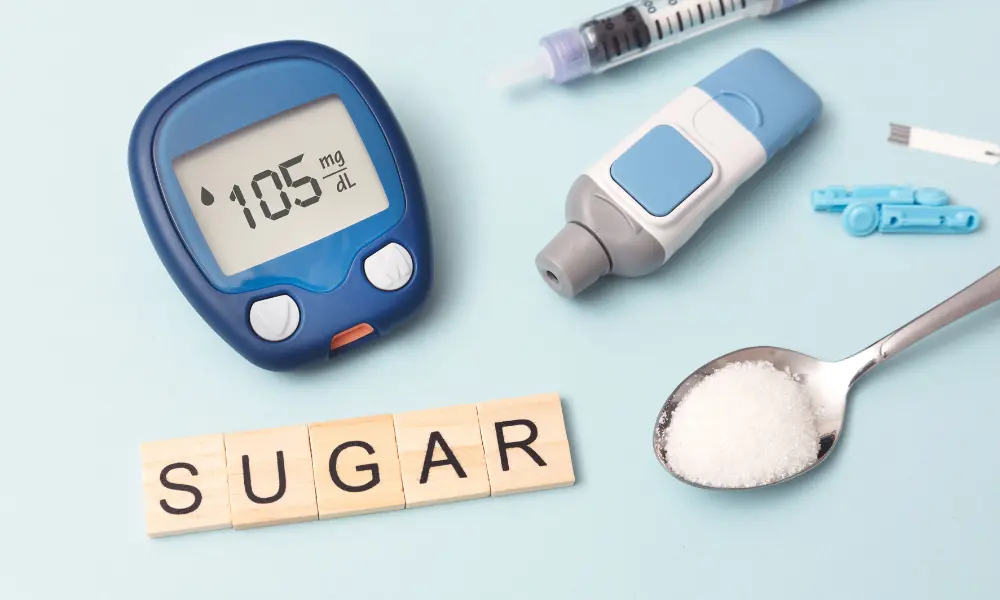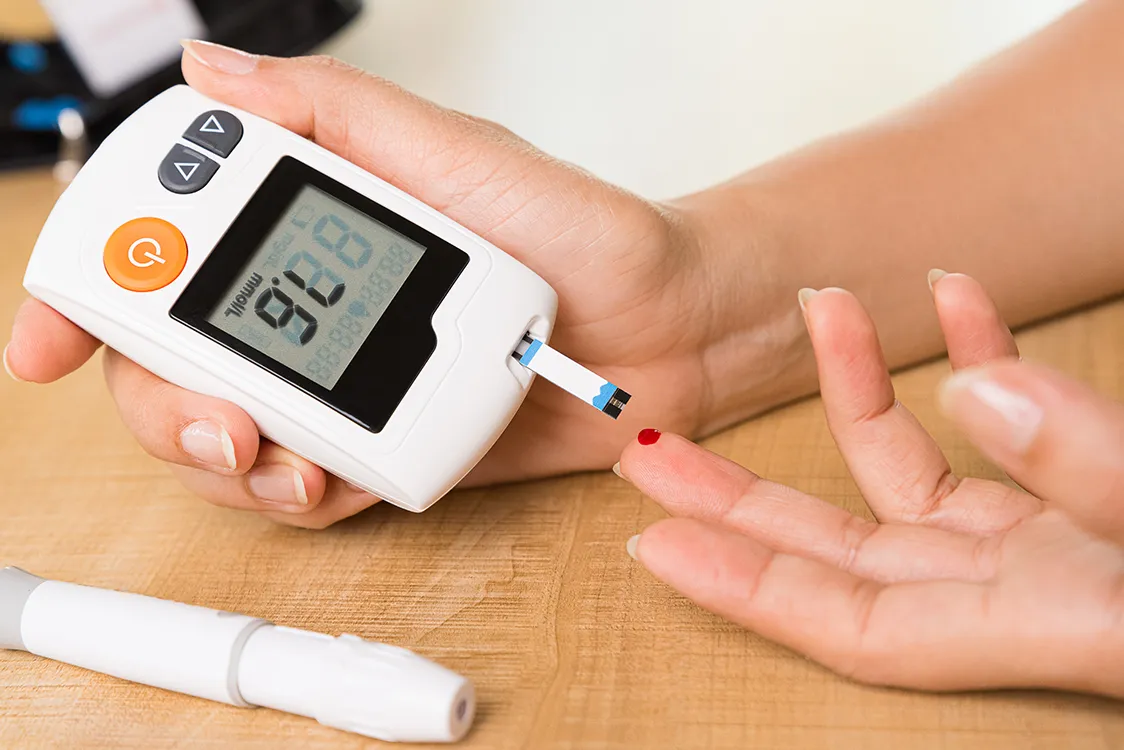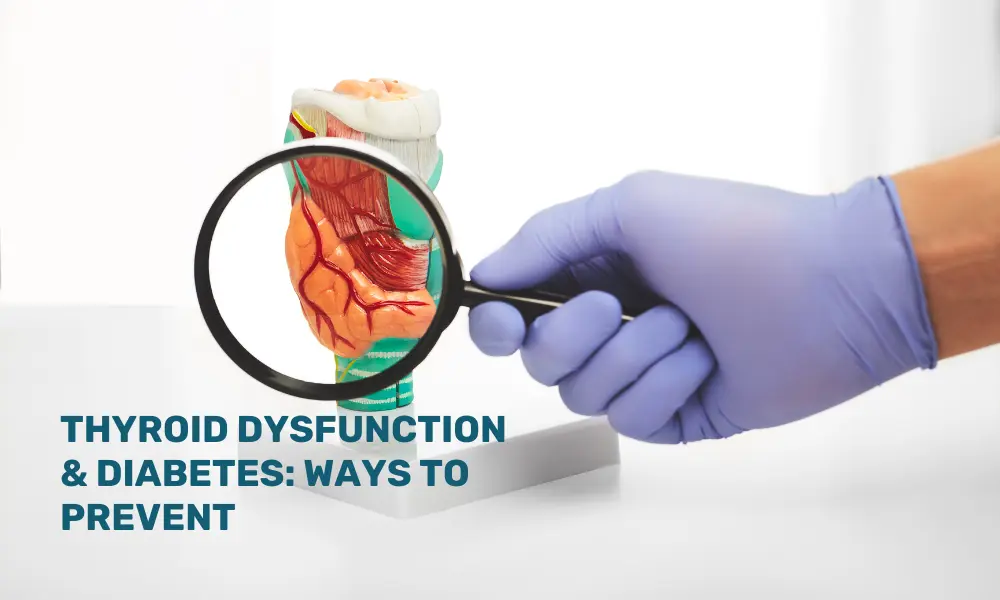Our body has a miraculous way of communicating; it constantly sends signals when something is not right. With the growing epidemic of diabetes worldwide, it is necessary to be more aware of blood sugar spikes.
In an era, where being sedentary has become a way of life, consciously or unconsciously, one should pay more attention to one’s body. Our skin, weight, and eyes sometimes send subtle signs that may indicate an imbalance in our blood sugar levels. It is important to know the factors that may cause blood sugar spikes.
Causes For Blood Sugar Spikes
Some factors that may trigger blood sugar levels may include:
-
Poor Diet
-
Sleep Deprivation
-
Too Much Exercise
-
Stress
-
Certain Medications
-
Smoking
-
Dehydration
How do we identify early signs and symptoms of diabetes? An increase in blood sugar level can impact our overall well-being and lead to the development of diabetes prevention. Therefore, it is vital to manage blood sugar spikes. Here are a few tips on controlling blood sugar naturally.
Signs & Symptoms of Blood Sugar Spikes
Here are a few subtle signs that may indicate the rising risk of diabetes.
-
Constant Weight Gain: Despite a balanced diet and active lifestyle, continuing to gain weight could be an early indicator of insulin resistance, which is often linked to prediabetes. This should not be ignored, and blood sugar tests should be done regularly to detect risk, if any.
-
Mood Swings: Fluctuating blood sugar levels can affect our mood. An individual may experience sudden irritability or frequent mood swings in case of fluctuation in blood sugar levels.
-
Hyperpigmentation: Dark patches on the back of the neck might seem harmless, but they may indicate a skin condition associated with insulin resistance and diabetes.
-
Brain Fog: Individuals with increased blood sugar levels may experience trouble concentrating or remembering things. Cognitive fog is a symptom often reported by individuals with diabetes or prediabetes.
-
Skin Tags: Small, flesh-colored growths on our skin may be linked to higher insulin levels. Growing skin tags may indicate a rise in insulin levels or risk of type 2 diabetes. However, it may also happen due to other lifestyle factors as well.
How to Manage Blood Sugar Spikes
-
High Fiber Diet: One must eat plenty of high-fiber green leafy vegetables like cabbage, methi, palak, lauki, and bitter gourd. As this can also help regulate blood sugar levels.
-
Hydration is the Golden Rule: Drinking plenty of water throughout the day helps in staying hydrated and maintaining blood sugar levels. One must aim to drink at least two to three liters of water every day. Carrying small bottles of water or low-calorie electrolytes can help avoid dehydration during physical activity.
-
Monitor Blood Sugar Regularly: One must check glucose levels regularly. In cold temperatures, readings may vary due to less oxygen supply, etc. Therefore, one must ensure that the body temperature is normal.
-
Mindful Eating: Sometimes, we may tend to consume unnecessary calories. Self-restraint over treats can be the trick to keep our insulin level in check. Incorporate more leafy vegetables in the diet along with healthy snacks, nuts and seeds, etc.
FAQ on Blood Sugar Spikes
How do you control sudden blood sugar spikes?
The fastest way to control blood sugar is to take fast-acting insulin, but it must be prescribed by a doctor.
What should I eat if my sugar is high?
A diet high in fiber, whole grain, fruits, beans, yogurt, berry, oily fish, legumes, lentils, nuts, seeds may help in case of high blood sugar level.
How do you bring down high blood sugar in a diabetic?
-
One must first know the type of diabetes they have
-
Drink more water
-
High fibre diet
-
Monitor your carb intake
-
Stay active
-
Check blood sugar often





